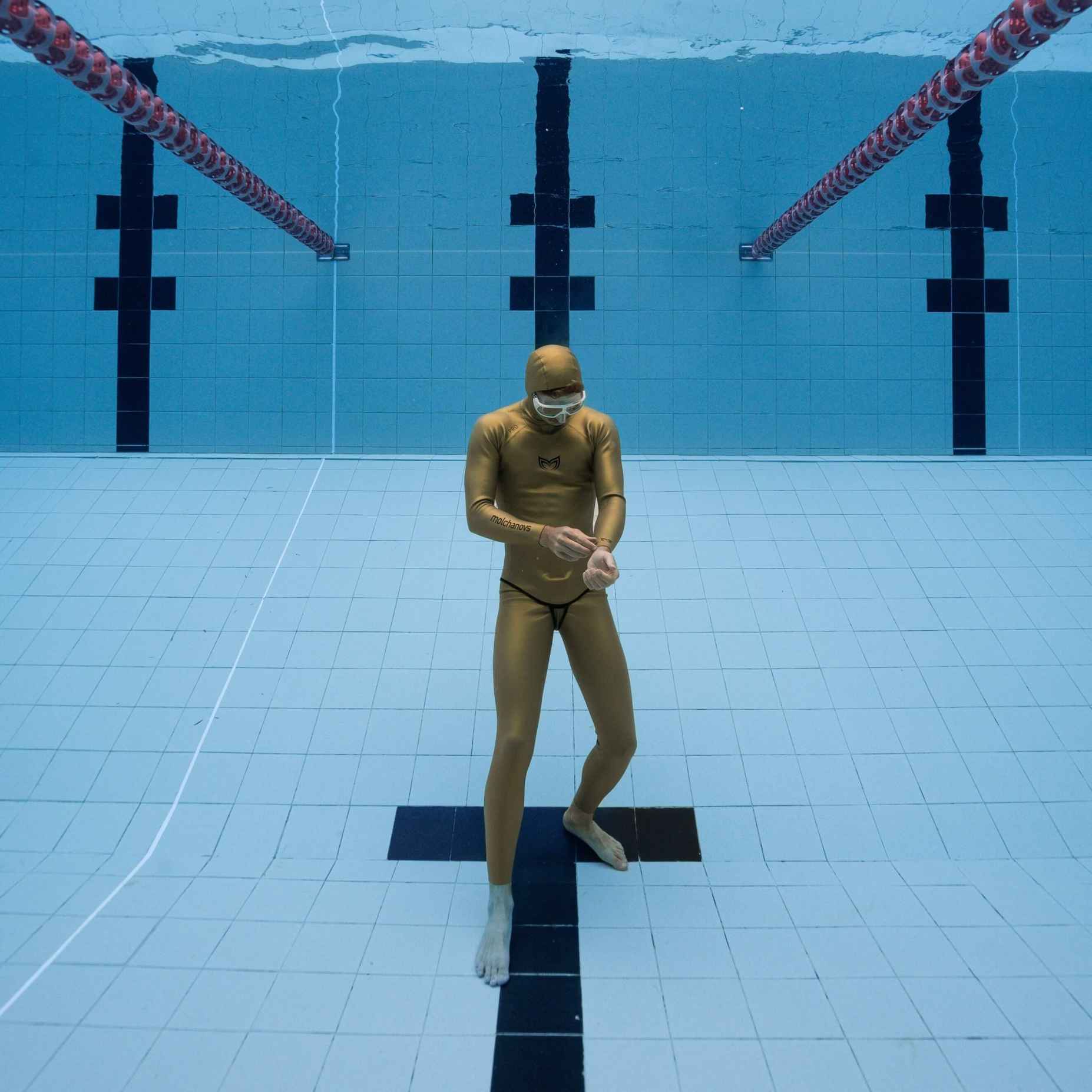News

In our YouTube video about our full range of freediving bifins, we sit down with Vitomir Maričić and hear his thoughts on the advantages of each pair of bifins, which bifins are good for what kind of training, and his overall opinion of them. Vitomir is a multiple freediving world record holder, freediving instructor and coach, and president of AIDA Croatia. Within Molchanovs, he is a Movement Board member, Wave and Base Training contributor, and an athlete/ambassador.
Continue reading

Our Education Team at Molchanovs has been hard at work updating the Lap / Wave 3 Course materials to version 2.0, and we are excited to announce its release! But first, as a reminder: what exactly is the goal of the Wave 3 - Master Freediver course?
Continue reading
The foundation of freediving training involves having the proper symmetrical kick, which provides optimal performance, helps ensure safety, and keeps the freediver in a state of complete relaxation. It is ideal for beginners to learn this technique with silicone or rubber fins, as they are softer than plastic, fiberglass, or carbon fiber fins. Unfortunately, many silicone and rubber fins on the market are not as comfortable or as powerful as needed, or do not have a good ratio of power and effort. This is why Molchanovs created the CORE Silicone Bifins.
Continue reading

Freediving bifins and monofins can be one of the most considerable investments you make in your freediving career. Whether you have plastic, fiberglass, or carbon blades on your fins, all of these materials have special care and storage instructions that can help increase the life expectancy of the equipment. If you do not take special care of your bifins and monofin, breakage or deformities in the material can happen. The question is: what special care do freediving bifins and monofins require?
Continue reading

Congratulations on the future purchase of your Molchanovs custom freediving wetsuit! Before taking your measurements, please take note:
- Ask someone to help you take your measurements with a flexible tape measure for more accurate estimations.
- All measurements should be in centimeters.
- Take your measurements in a swimming suit, not in undergarments or a t-shirt, to avoid incorrect chest measurements.




